floor material for bouncey subfloor?
nancita
12 years ago
Related Stories
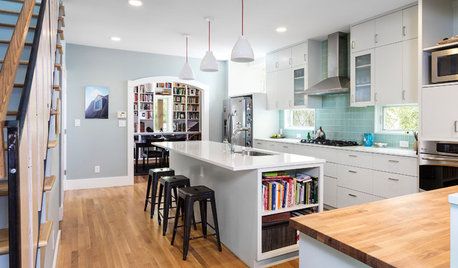
MOST POPULAR6 Kitchen Flooring Materials to Boost Your Cooking Comfort
Give your joints a break while you're standing at the stove, with these resilient and beautiful materials for kitchen floors
Full Story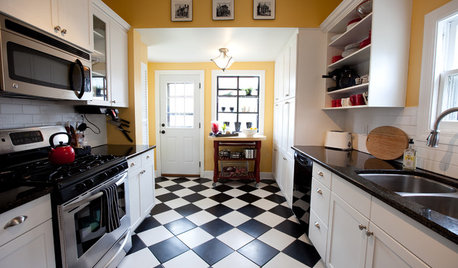
KITCHEN DESIGNKitchen Flooring 101: Find Your Material Match
From cork to concrete, our guide will help you pick the perfect surface for your kitchen floor
Full Story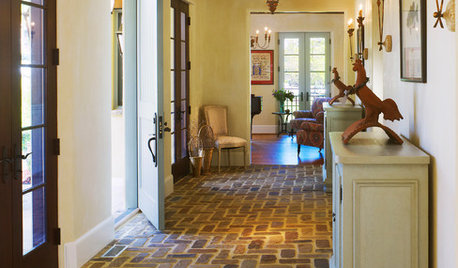
RUSTIC STYLEBrick Floors: Could This Durable Material Work for Your House?
You love the old-world look, but will you like the feel of it underfoot? Learn the pros and cons of interior brick flooring
Full Story
PETSA Romp Through Pet-Friendly Materials
Deceptively durable, these stylish flooring materials and fabrics let you give Fluffy the run of the house
Full Story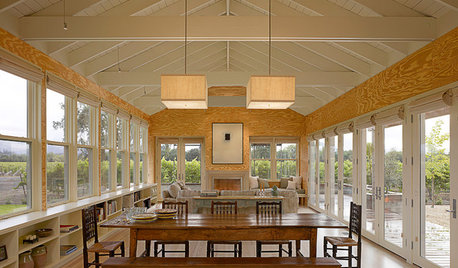
ARCHITECTUREDesign Workshop: The Beauty of Humble Materials
Discover the appeal of budget-friendly plywood, concrete and other modest surfaces
Full Story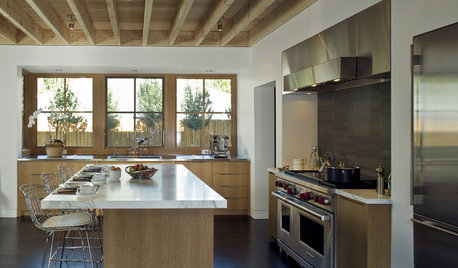
MATERIALSAn Architect Shares His Go-To Materials
Aluminum doors, porcelain tiles, polished concrete. Here are the features and finishes this professional returns to time and again
Full Story
MATERIALSWhat to Ask Before Choosing a Hardwood Floor
We give you the details on cost, installation, wood varieties and more to help you pick the right hardwood flooring
Full Story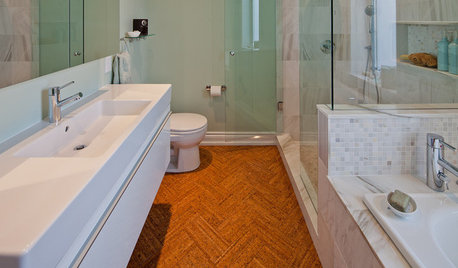
FLOORSWill Cork Float for Your Bathroom Floor?
Get the facts on advantages, disadvantages, costs and installation to see if a cork bathroom floor is right for you
Full Story
REMODELING GUIDESWhen to Use Engineered Wood Floors
See why an engineered wood floor could be your best choice (and no one will know but you)
Full Story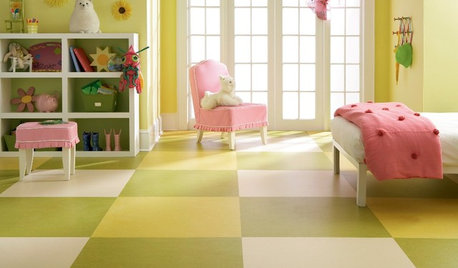
REMODELING GUIDESThe Case for Linoleum and Vinyl Floors
Have pets, kids and a tight budget? Easy-care resilient floors may be the choice for you
Full Story






colorfast
MongoCT
Related Professionals
Everett Kitchen & Bathroom Designers · Pike Creek Valley Kitchen & Bathroom Designers · Covington Kitchen & Bathroom Designers · Avondale Kitchen & Bathroom Remodelers · Morgan Hill Kitchen & Bathroom Remodelers · Sweetwater Kitchen & Bathroom Remodelers · Atlanta Glass & Shower Door Dealers · Denver Glass & Shower Door Dealers · Seattle Glass & Shower Door Dealers · Manville Cabinets & Cabinetry · Norfolk Cabinets & Cabinetry · Richardson Cabinets & Cabinetry · White Oak Cabinets & Cabinetry · Gadsden Window Treatments · Placerville Window TreatmentsUser